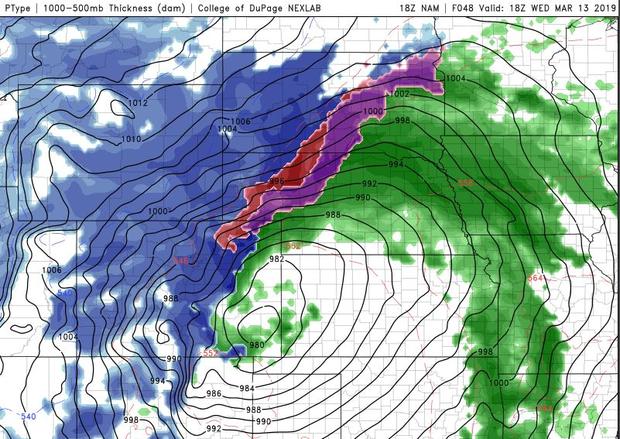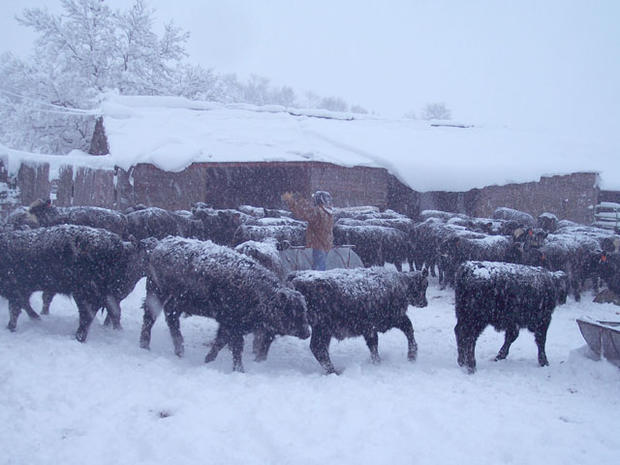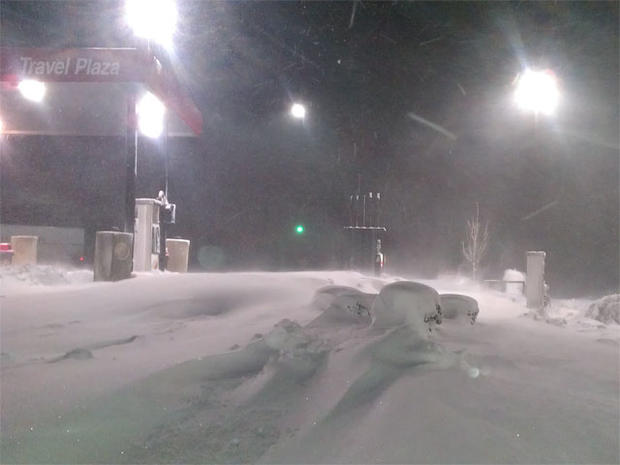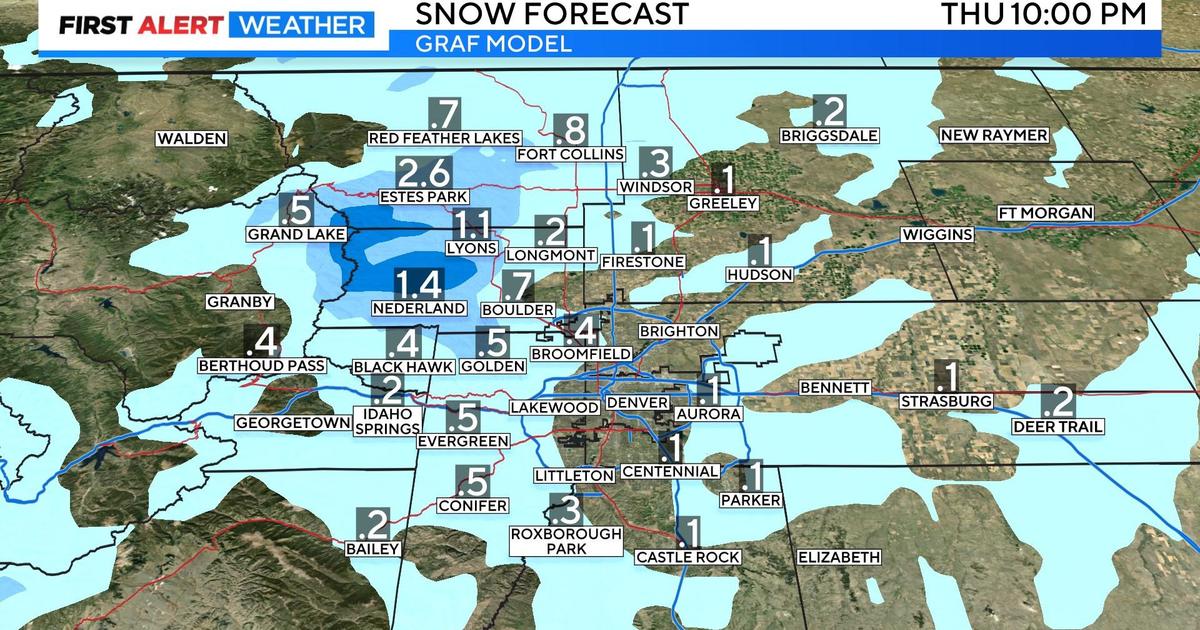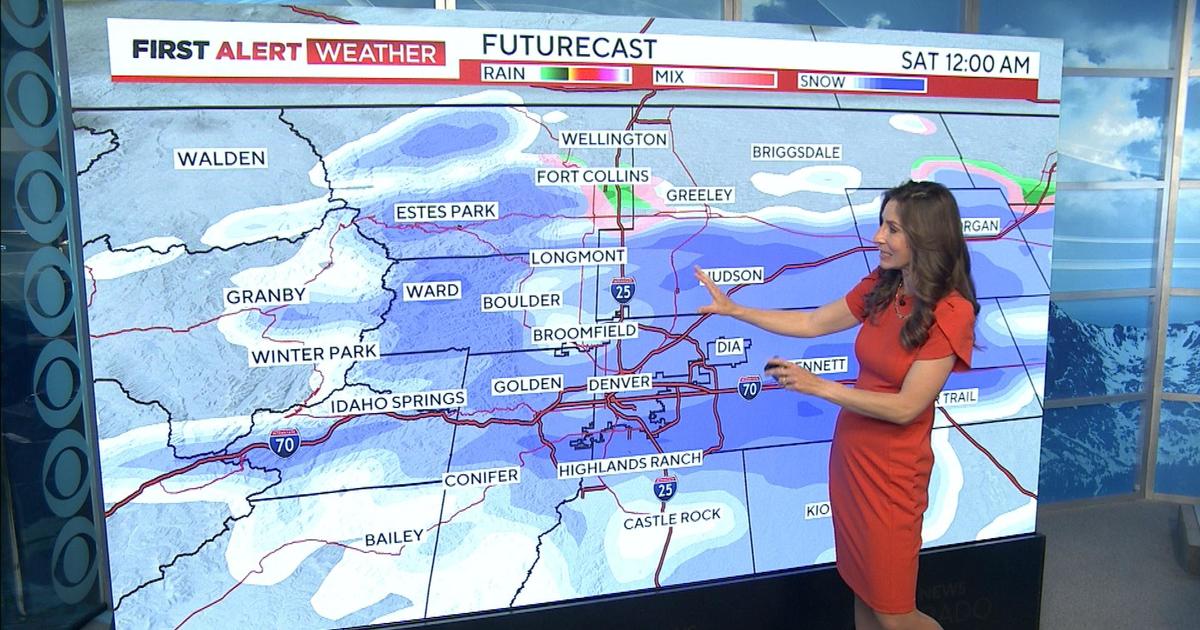Blizzard Expected As 'Bomb Cyclone' Explodes Over Colorado Wednesday
DENVER (CBS4) - You must admit, this is quite a title for a weather story, right? I'm sure it caught your attention. Believe it or not this really is a valid meteorological term.
In the northern hemisphere areas of low pressure are called cyclones, and rapidly developing storms are often called bombs or weather bombs. To qualify as a 'bomb cylcone' an area of low pressure must drop at least 24 millibars in 24 hours or less. Current weather models show the center of Wednesday's low pressure dropping anywhere from 24 to 30 millibars in less than a day as it gains strength over Colorado's eastern plains.
Other terms you may hear in meteorology when dealing with a storm like this is explosive cyclogenesis, or bombogenesis. Explosive refers to the rapid growth, and cyclogenesis means you have an area of low pressure that is gaining strength.
Regardless of what you call it, the results for anyone living along and east of Interstate 25 will be the same. Extremely strong winds and the predicted snow will mean widespread blizzard conditions with difficult to impossible travel. This type of weather scenario is extremely dangerous for ranchers and their livestock. The worst conditions are anticipated on the northeast plains.
Because of the prolonged period of wind it will be virtually impossible in many areas to measure the snow. Areas only expecting a few inches could still see drifts several feet deep in exposed areas. On the wide open plains drifts ranging from 10 to 20 feet deep will be possible.
